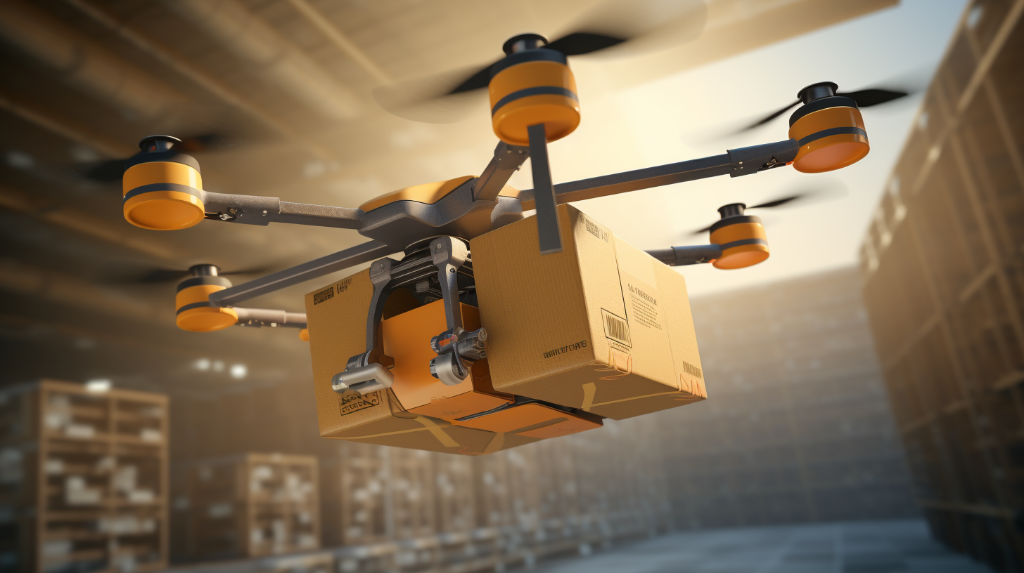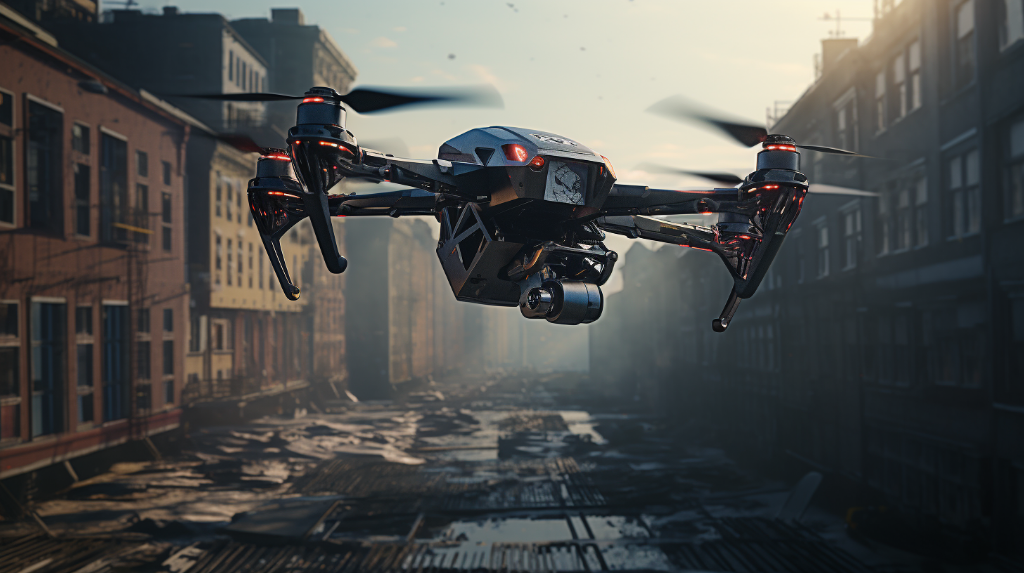Over the past decade, the use of drones for various purposes has exploded in popularity. From capturing breathtaking aerial photographs and delivering packages to aiding in search and rescue missions, drones have become an integral part of our lives. One crucial technology that enables drones to navigate accurately and safely is the Global Navigation Satellite System (GNSS).
What is GNSS?
GNSS is a term used to describe a system of satellites that provide positioning, navigation, and timing (PNT) information to users on the ground. The most well-known GNSS system is the Global Positioning System (GPS) maintained by the United States, but there are other systems as well, including GLONASS (Russia), Galileo (European Union), and BeiDou (China).
These satellites constantly emit signals that are received and processed by GNSS receivers, such as those integrated into drones. By triangulating the signals from multiple satellites, the receiver can determine its precise location, altitude, and velocity.
Why is GNSS important in drone delivery systems?
When it comes to autonomous drone delivery, precision and reliability are of utmost importance. The success of a delivery operation relies heavily on the drone’s ability to navigate accurately and avoid obstacles. This is where GNSS plays a crucial role.
By leveraging GNSS data, drones can calculate their exact position in real-time. This information is then used to plot the most efficient route to the destination, ensuring timely and accurate deliveries. GNSS allows drones to stay on track and make adjustments as necessary, even in challenging environmental conditions.
Benefits of GNSS in drone delivery

1. Precision: The accuracy of GNSS enables drones to land precisely at designated locations, making deliveries to tight spaces like balconies or rooftops possible.
2. Efficiency: By using GNSS data, drones can autonomously optimize their flight paths, minimizing the time and energy required for deliveries.
3. Safety: With GNSS, drones can avoid obstacles and navigate around restricted airspace, ensuring safe and reliable delivery operations.
4. Scalability: GNSS allows for the coordination of multiple drones in the same airspace, enhancing the scalability of drone delivery systems.
The challenges of GNSS in drone delivery
While GNSS is a powerful technology, it is not without its challenges. Here are some factors that can affect the performance of GNSS in drone delivery systems:
1. Signal Interference
Buildings, trees, and other infrastructure can block or weaken the GNSS signals received by drones, leading to reduced accuracy. Additionally, electromagnetic interference from other electronic devices can also disrupt the signal.
2. Multipath Effects
When GNSS signals bounce off buildings or the ground before reaching the drone’s receiver, it can cause inaccuracies due to multipath effects. This can be mitigated with advanced signal processing algorithms.
3. Urban Environments

Dense urban environments pose unique challenges for GNSS due to the presence of tall buildings and narrow streets. This can result in signal blockages and reduced satellite visibility.
4. Atmospheric Conditions
Adverse weather conditions, such as heavy rain or dense fog, can affect the performance of GNSS signals. These conditions can reduce signal strength and introduce errors in positioning.
The future of GNSS in drone delivery
As the field of drone technology continues to advance, so does the potential for GNSS in drone delivery systems. Researchers and engineers are actively working on improving GNSS technologies to address the challenges mentioned above.
New algorithms and techniques are being developed to enhance signal processing and mitigate the impact of signal interference. Additionally, advancements in sensors and machine learning algorithms may further improve the positioning accuracy of drones, even in challenging environments.
Moreover, the integration of multiple GNSS systems, such as GPS, GLONASS, Galileo, and BeiDou, improves positioning accuracy by increasing the number of available satellites.
With ongoing advancements, GNSS will continue to play a pivotal role in enabling safer, more efficient, and scalable drone delivery systems, revolutionizing the way goods are transported and making our lives easier.
So, the next time you spot a drone delivering a package, remember that behind its smooth flight lies the power of GNSS technology, ensuring that your package arrives at your doorstep swiftly and without any hassle.
